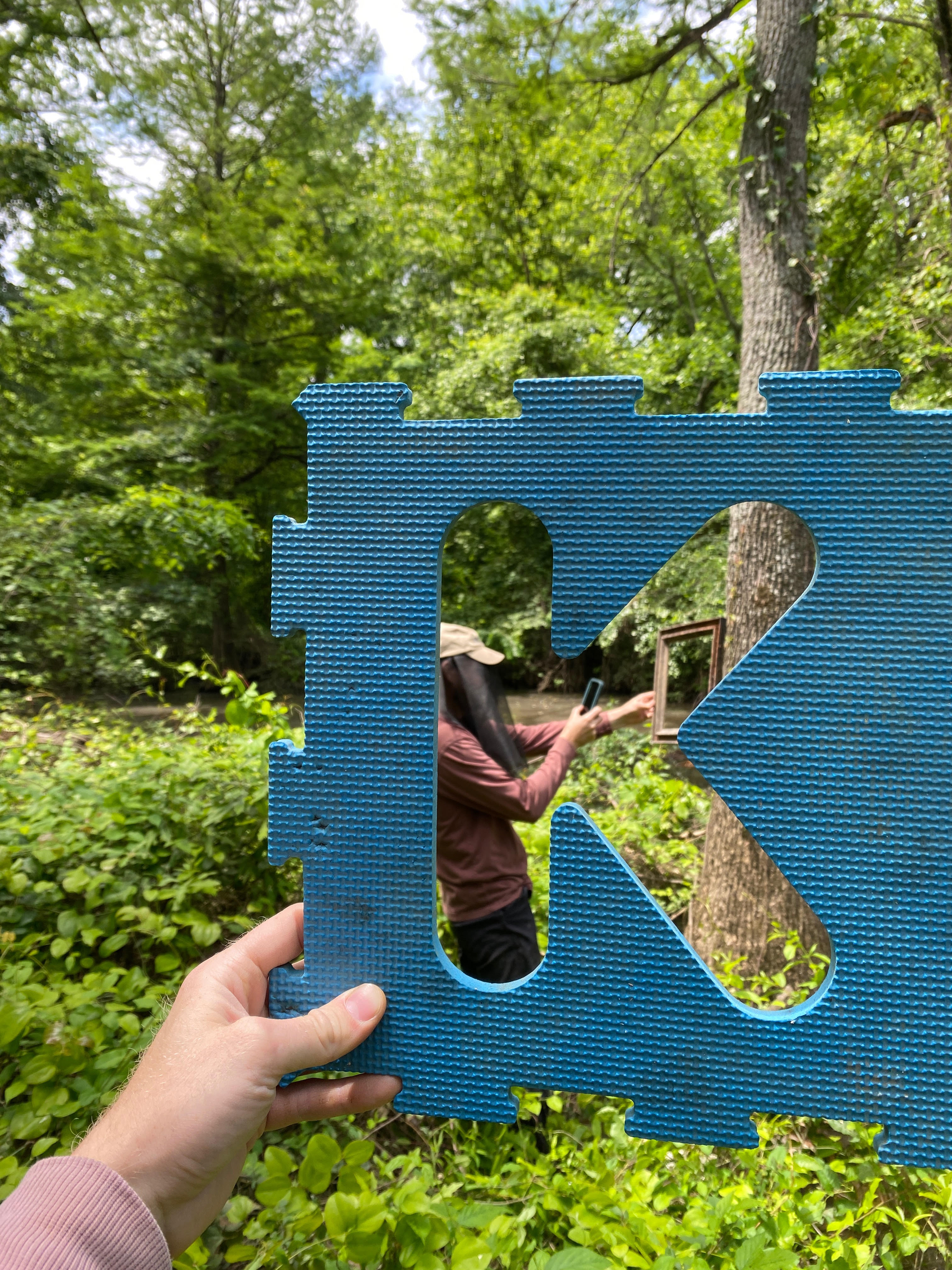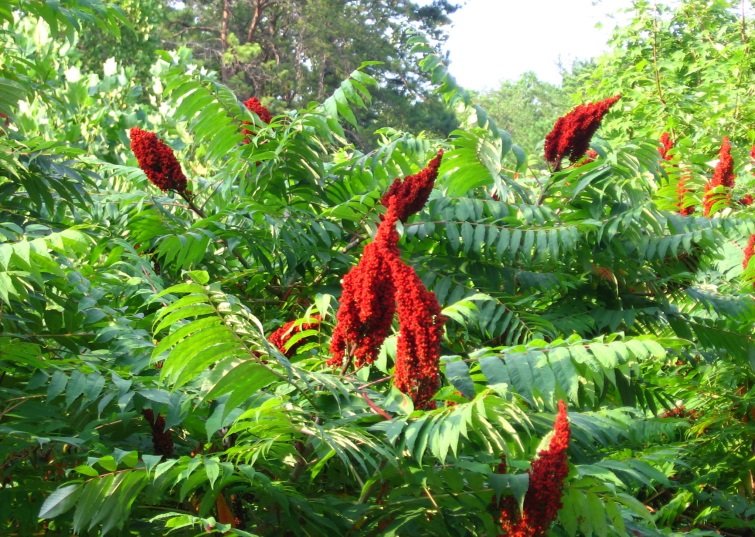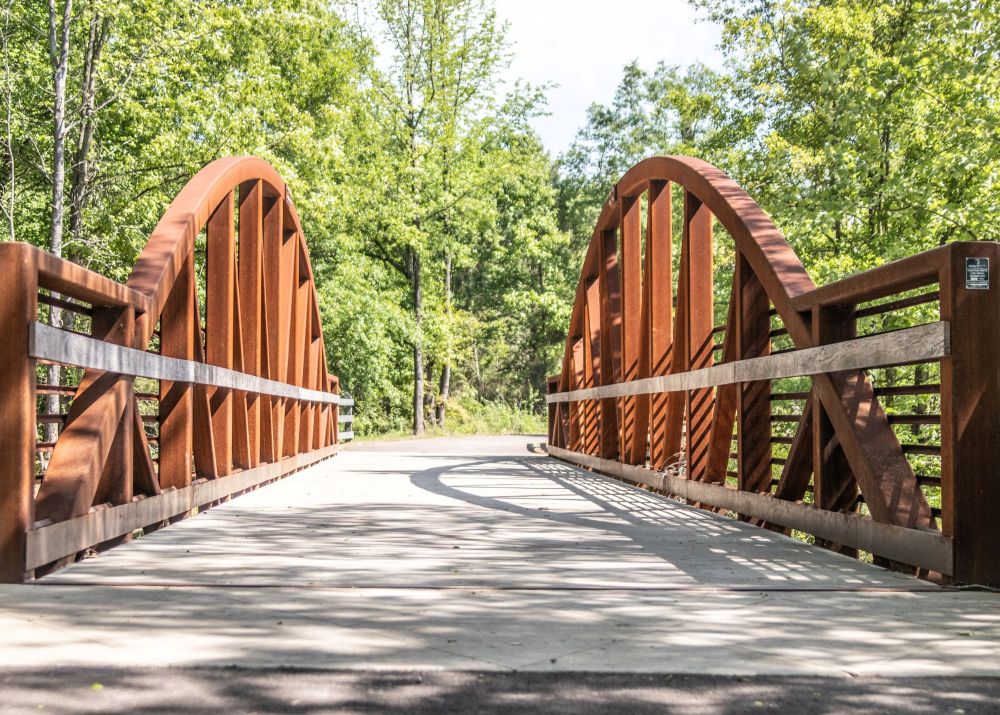More Than Protection: Caring for Land After It's Saved


Fitting the full picture of a land trust’s responsibility to its land into a frame can be difficult. Securing land for protection is often a long, arduous effort – and each victory, big or small, is something to celebrate. But the legal protection of land via acquisition or conservation easement is just the beginning of a long-term relationship. The next chapter in protecting land is stewardship.
The goal of land stewardship is to preserve or enhance the quality of natural resources for habitat and human benefit alike, and it can encompass a wide variety of objectives including native tree plantings, invasive species removal, trash cleanups, and more. Across the Wolf River’s watershed, litter is a key threat to all of our protected lands. Whether it’s near the rural headwaters in Holly Springs National Forest, or in the heavily urbanized Wolf River corridor through Memphis which ends at the Mississippi River, none of the land we protect is immune to the challenge of litter.
Litter can come from recreational users, illegal dumping, or from storm drains along streets and roads. As water drains through the watershed, it carries any trash it picks up and deposits it along its way. Some properties protected by the Conservancy, such as the wetlands pictured here, face historic challenges with dumping. In these instances, our goal is to first preclude future dumping, then remediate the site with cleanups. If you have volunteered with us in the past, you may have helped us remove litter like this. One of our greatest success stories of this kind has been on our Epping Way property. Before the Wolf River Greenway was built and habitat restoration projects had begun there, the Conservancy got to work to remove immense amounts of trash that had been dumped on the property for years prior to its acquisition. Volunteers still help us clean up at Epping Way because litter is an ongoing problem, but it is much better than it was in the past.
Unfortunately, it’s not just plastic bottles, cans, and other easily removed items that tarnish our protected lands. Microplastics (fragments of larger plastic waste or intentionally manufactured tiny plastic items), chemicals, and excess soil from erosion are all components of stormwater pollution – along with the stray litter we occasionally find trapped in unexpected places like remote wetlands. Stormwater pollution comes from all parts of the watershed, carried by rainwater as it drains into the Wolf River - from roads where vehicles leak chemicals, homes and workplaces where trash isn’t properly disposed, yards where excess fertilizers are applied, or construction sites with large amounts of loose soil. Over time, these contaminants degrade the natural areas they eventually reach, altering the chemistry of our surface waters and poisoning our wildlife, just to name a few impacts. Through stewardship activities such as protecting lands which border sensitive habitats and bolstering the resiliency of protected lands with plantings and other restorative practices, the Wolf River Conservancy can reduce the often-overlooked challenge of stormwater pollution in keeping our protected lands healthy.
We also rely on legions of volunteers and students to help us remove the stuff that can be picked up easily, and we always appreciate your help!
Stormwater pollution is a complex issue, and it is essential that residents understand its sources and impacts, as well as the role they themselves play in minimizing our watershed’s exposure to it. Thanks to TC Energy and the Tennessee Department of Agriculture, we have colorful new stormwater education signage installed along the Wolf River Greenway providing a fun way to learn about stormwater pollution and what you can do about it. The Wolf River Conservancy is grateful for our partnership with TC Energy and the Tennessee Department of Agriculture in creating these signs, and we look forward to seeing our protected lands become healthier as more visitors become informed.
Land stewardship protects Wolf River lands from litter and stormwater pollution through cleanups, education, and habitat restoration across the watershed.

.jpg)






.jpg)




